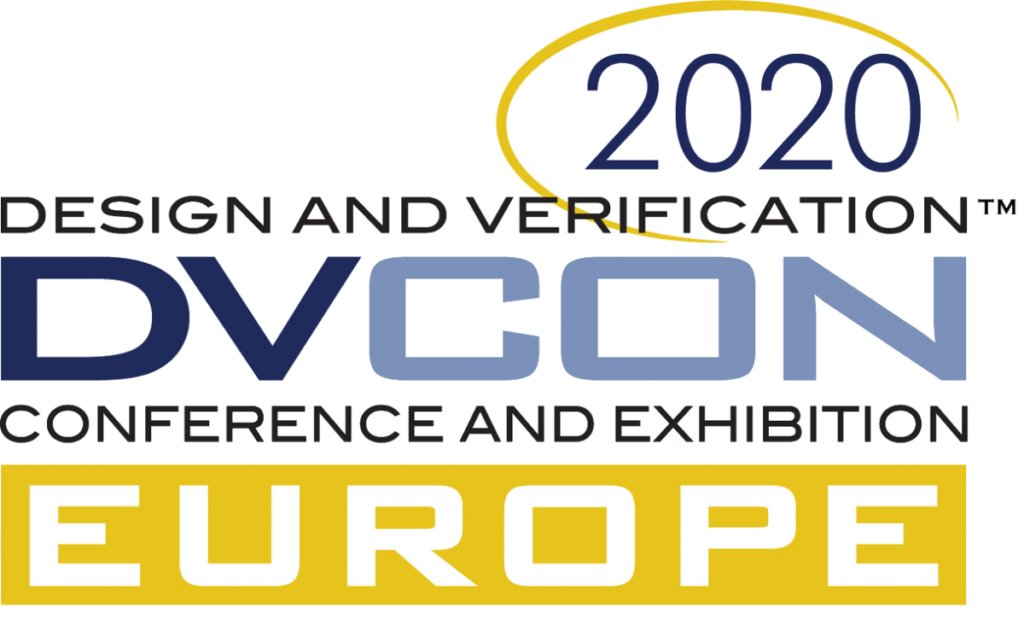 Note: This post was caused by listening to an interesting science podcast while thinking about the theories of startups, and the connection might seem a bit odd. Still, I think there is something to be learnt here. End note.
Note: This post was caused by listening to an interesting science podcast while thinking about the theories of startups, and the connection might seem a bit odd. Still, I think there is something to be learnt here. End note.
I recently listened to the episode on Bliss, by the Radiolab podcast. As always, Radiolab manages to take a theme and connect all kinds of things to it. In this case, bliss as in happiness turned into Bliss, the man, and his invention of Symbolics. Symbolics was an attempt to create a rational language based on symbols that would not allow the manipulation of human opinion or feeling like regular languages do. It was an attempt to create an antidote to the manipulations of dictators, tricksters, and populists (Bliss himself had been briefly interned in a pre-war German concentration camp, so he definitely knew what words could do). He designed a symbolic writing scheme that was intended to only communicate ideas clearly and unambiguously and with no room for demagogery and oratory. In the end, nobody wanted to use the language for its original purpose.
Continue reading “Bliss: Failing to Pivot for Ideology”






 A
A 

 I just found “
I just found “